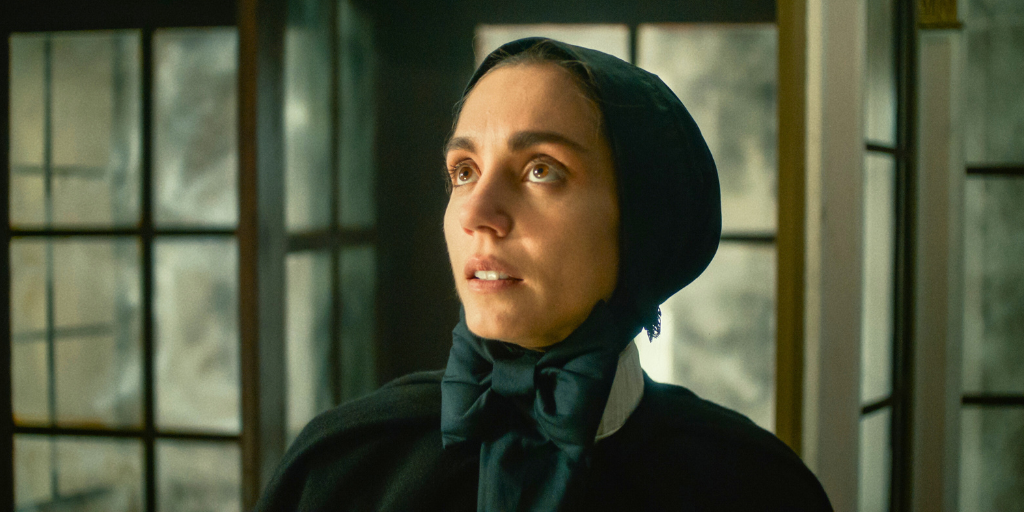
Educator Amy J. Cattapan reviews the new movie about St. Frances Cabrini, the feminist role model we need today.
Two weeks before watching a screener of Cabrini, the new film from Angel Studios about St. Frances Xavier Cabrini, I was on a plane finally watching the Barbie movie that had made headlines last year. While both movies claim to be pro-women, Cabrini (releasing in theaters on International Women’s Day, March 8) offers us a much clearer example of a strong woman who stands up to both sexism and racism.
The movie begins with a touching scene of an Italian immigrant boy pushing his sick mother in a wheelbarrow through the streets of New York in the late 1880s trying to find anyone who might help her. As an Italian, he is called vicious slurs and refused medical assistance. We then cut to Italy where Mother Cabrini has been invited to the Vatican only to learn that her request to take her sisters on mission to China has been denied—at least by a Cardinal who claims to speak for the Pope. However, Mother Cabrini won’t leave until she’s spoken to the Pope himself.
Perhaps you’ve heard the oft-repeated phrase that the Pope told her to go “not to the East, but to the West.” In this film, we’re made to believe that he sent her to America to keep her from pestering him, not because the Archbishop of New York had requested help for poor Italian immigrants. From the research I did on Mother Cabrini for my upcoming book A Saint Squad for Teachers (releasing from Ave Maria Press March 15), I had the impression that Pope Leo XIII sent her to America because he’d seen how well she’d transformed schools and orphanages in Italy. Priests were impressed by her organizational skills. However, in the movie, the Pope fears she may fail, and he is a bit trepidatious to let her and her sisters be the first all-women missionary group.
In America, we see Mother Cabrini and her sisters repeatedly greeted with rude ethnic slurs. Men remind her to “know her place.” When the Archbishop tells her to return to Italy, she protests that the Pope sent her, so she won’t return. She leads her sisters deep into Five Points, the rough neighborhood where poor Italian immigrants lived in tenements. Fr. Morelli, the only priest there, offers little help.
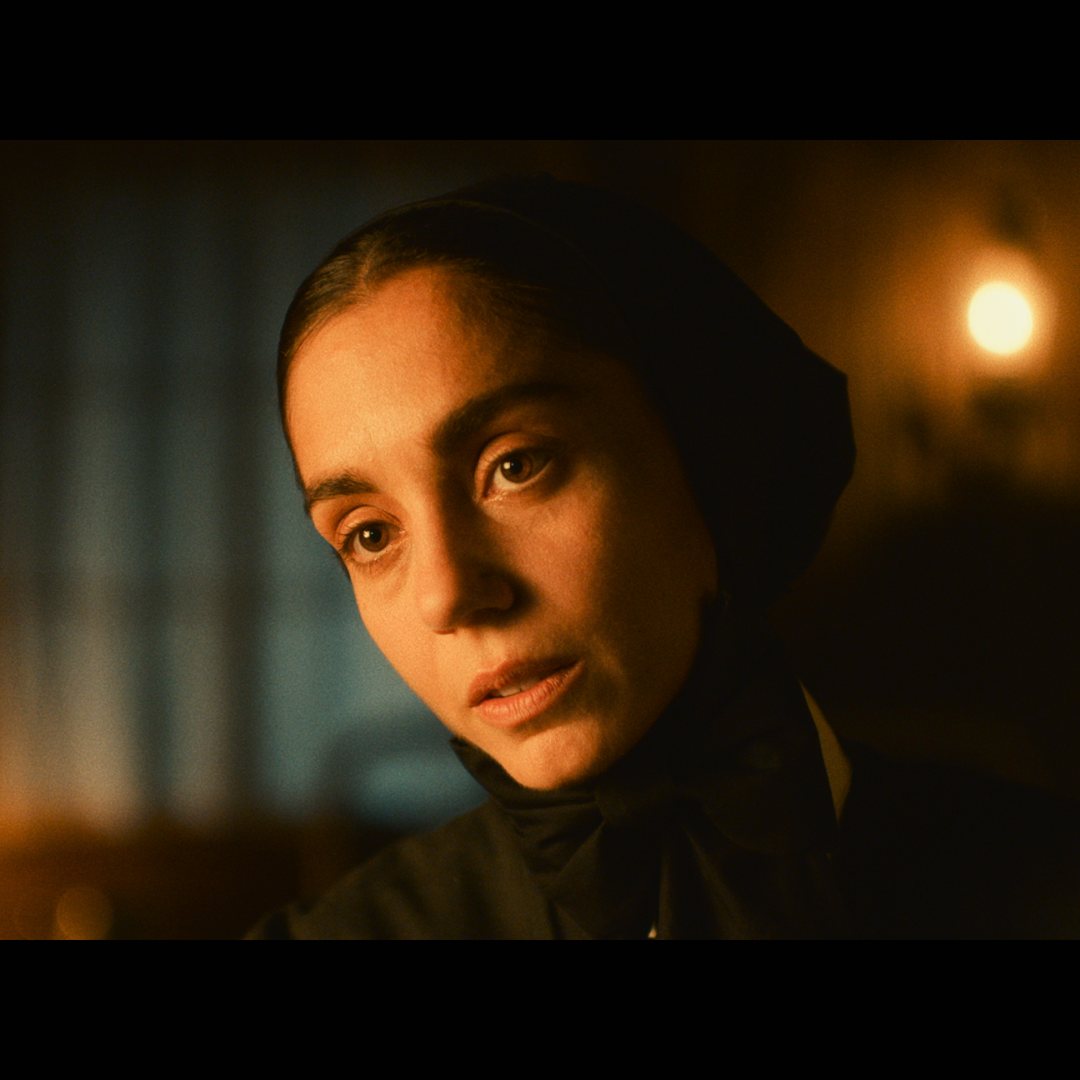
Undeterred, she takes the shack Fr. Morelli has for them and turns it into an orphanage. She enlists the help of a prostitute to help her find the orphans who live in the sewers under the tenements. Soon, her orphanage is overflowing, and she must find a larger home. However, the Archbishop has warned her not to seek charity from wealthy New Yorkers, so she convinces a news reporter to come with her to the slums and write an article about how these people live “worse than rats.”
If you don’t know Mother Cabrini’s story, you’ll be inspired by her perseverance. Director Alejandre Monteverde (Sound of Freedom) has created a sweeping narrative that will make you cry, gasp, and even laugh at times. The actors are extremely convincing, with fantastic work by the child actors and a notable appearance by John Lithgow as the mayor of New York. The music is glorious, and the cinematography is breathtaking. Each scene is beautifully framed and lit. Director Monteverde explained that lighting is a character within the film. In one scene, the Archbishop steps out of the light streaming into his office as he reprimands Cabrini, as if he’s speaking from both a literal and figurative dark place instead of out of the light of Christ’s love.
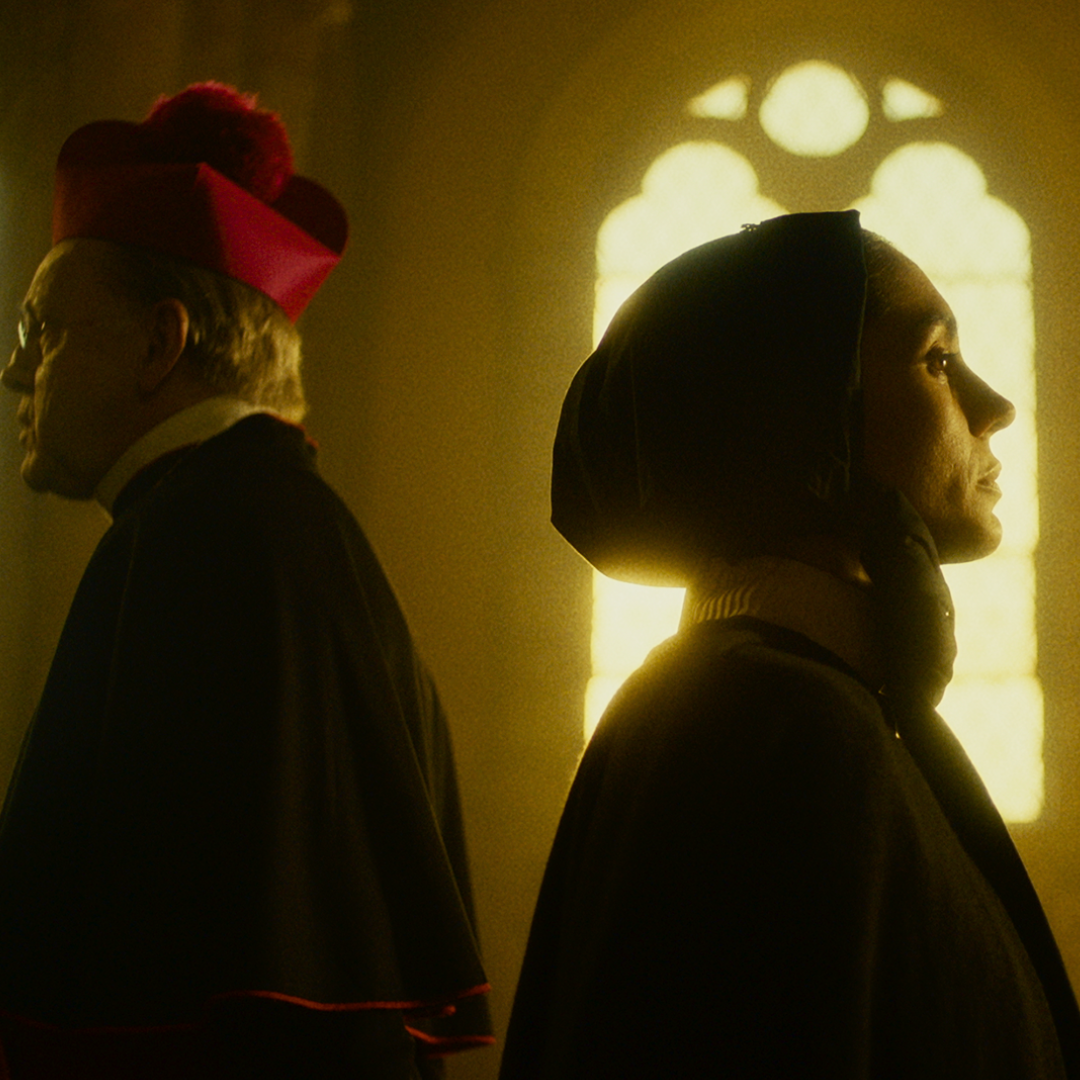
I brought a few friends with me to the screener, including two young professional Catholic women. Both of them loved it and were inspired to see a female main character who was both faithful and incredibly successful. The end of the movie compares the success of her “empire of hope” (with schools, orphanages, and hospitals founded on every continent) to that of the Rockerfellers.
While I highly recommend this movie, I admit that my fellow Cabrini devotees will feel that the movie missed some opportunities. For example, whenever Cabrini ran low on funds, she always prayed and trusted that the Lord would provide. We never see or hear that in the movie.
As someone with strong Jesuit ties, I was also disappointed that they missed moments when they could’ve recognized Mother Cabrini’s own Jesuit connections. She took her full religious name (Frances Xavier Cabrini) from her spiritual hero, St. Francis Xavier, which is why she wanted to go to Asia. In the movie, she simply tells the Pope that she wants to go to Asia because they had “forgotten” about them.
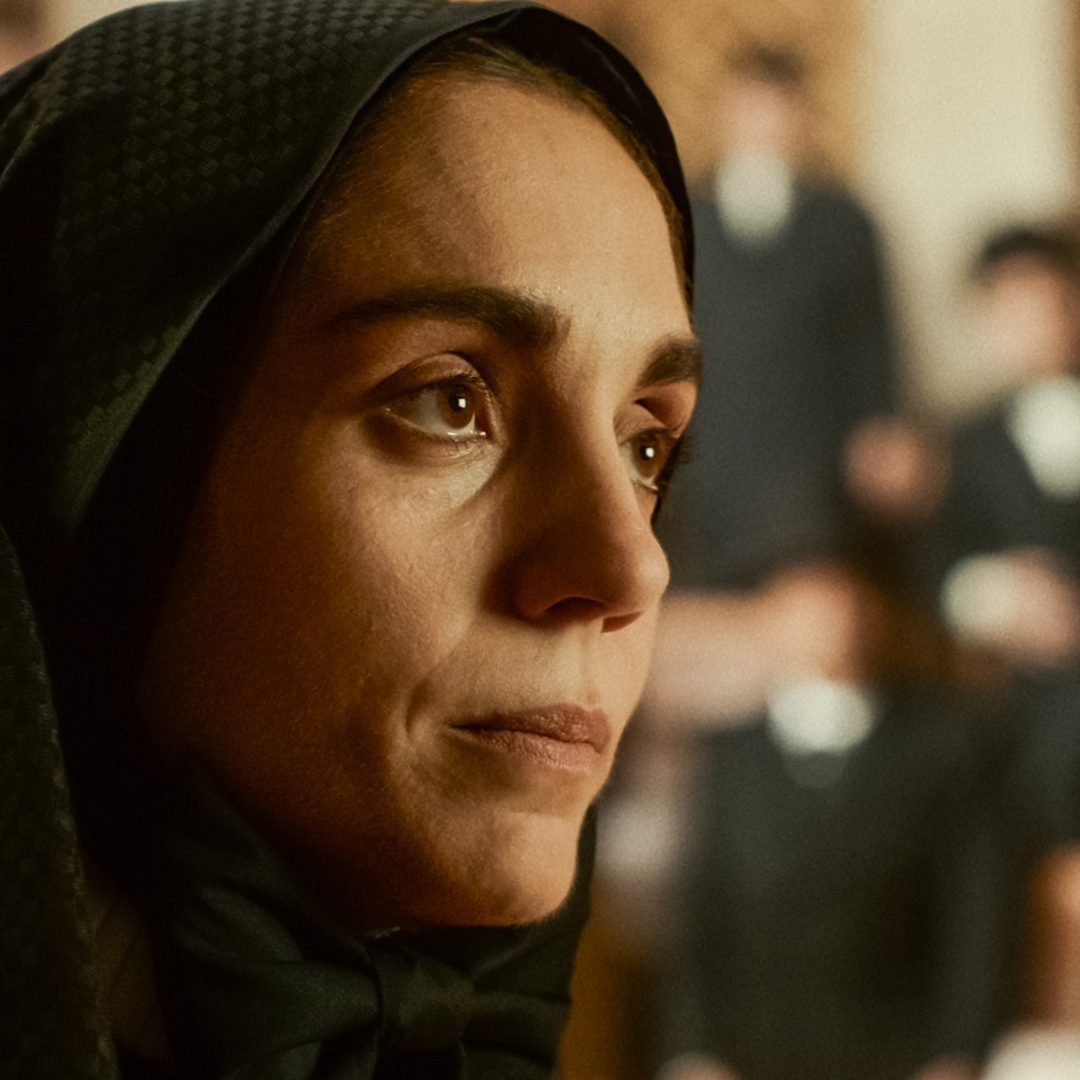
Also, when she buys a large property outside New York, the movie shows the Archbishop suggesting the location (as a way of getting her out of his hair). However, my research indicated that Mother Cabrini was friends with the Jesuits who were selling the property and that they had informed her of the difficulty of digging a well on the land before they negotiated the low price. In the movie, you get the impression she was a bit duped into purchasing it.
Despite these missed opportunities, I highly recommend checking out Cabrini. It’s rated PG for some language but nothing gratuitous is ever shown. If you’re looking for an inspiring and entertaining film, don’t miss Cabrini. For tickets and showtimes, visit Angel.com/tickets/Cabrini.
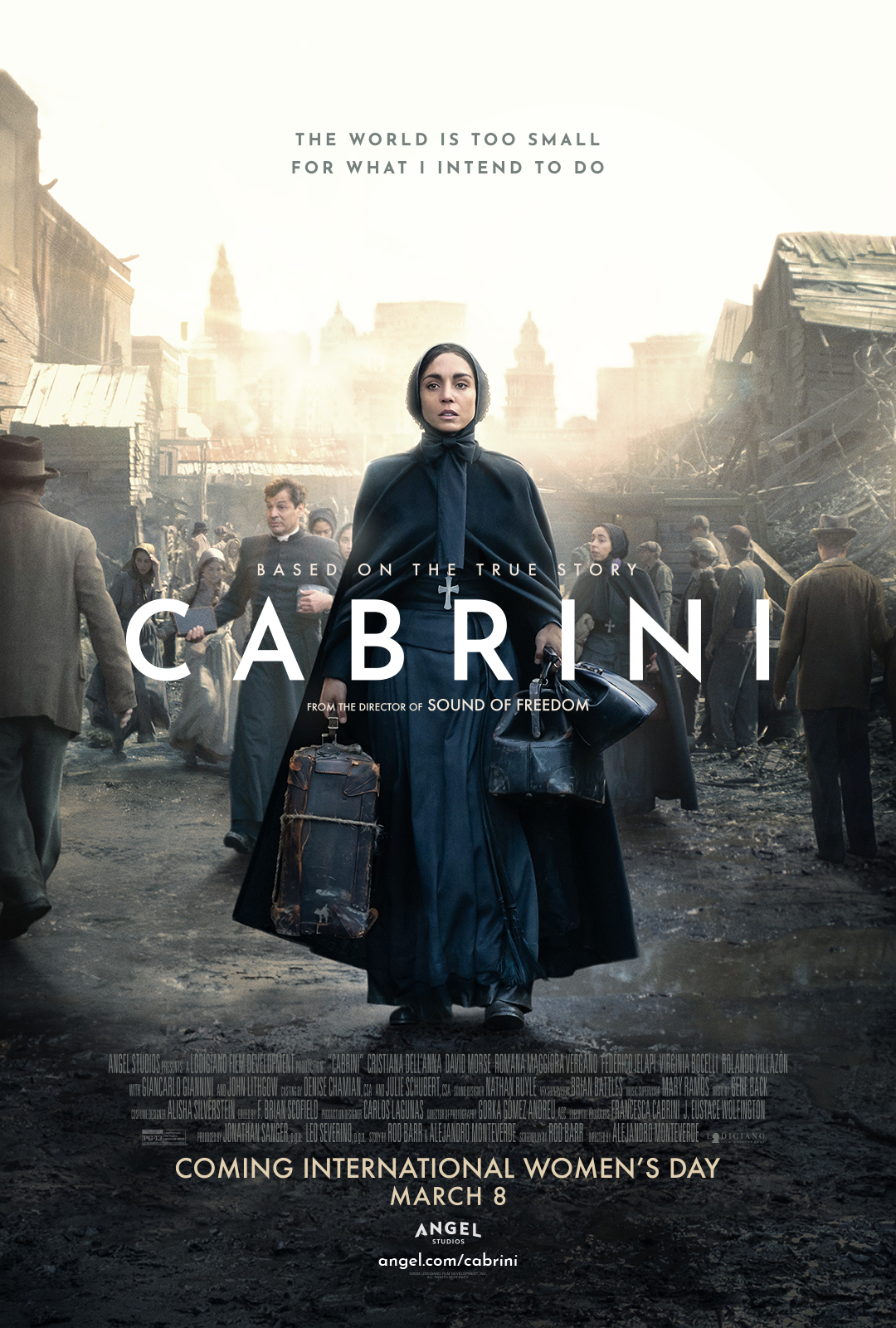
Copyright 2024 Amy J. Cattapan
Images: copyright 2024 Angel Studios, all rights reserved.
About the Author

Amy J. Cattapan
A.J. Cattapan, DM, Ed.D., is an award-winning author, speaker, and teacher. Her YA novel Angelhood and her middle grade book Seven Riddles to Nowhere have won multiple awards. She is also the author of Sweet Jesus, Is It June Yet?, a book on combatting teacher burnout (Ave Maria Press). Follow her at AJCattapan.com.


.png?width=1806&height=731&name=CatholicMom_hcfm_logo1_pos_871c_2728c%20(002).png)
Comments